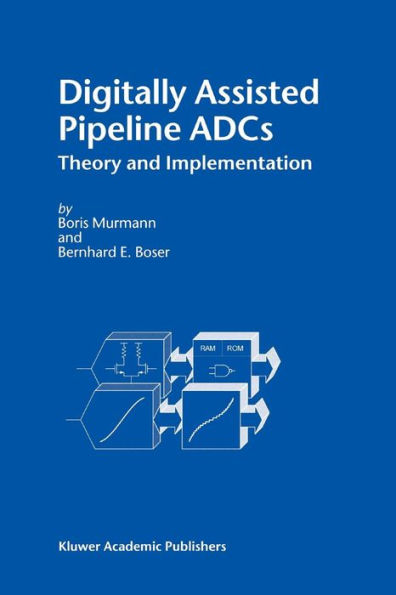Digitally Assisted Pipeline ADCs: Theory and Implementation describes in detail the implementation and measurement results of a 12-bit, 75-MSample/sec proof-of-concept prototype. The Experimental converter achieves power savings greater than 60% over conventional implementations.
Digitally Assisted Pipeline ADCs: Theory and Implementationwill be of interest to researchers and professionals interested in advances of state-of-the-art in A/D conversion techniques.
Digitally Assisted Pipeline ADCs: Theory and Implementation describes in detail the implementation and measurement results of a 12-bit, 75-MSample/sec proof-of-concept prototype. The Experimental converter achieves power savings greater than 60% over conventional implementations.
Digitally Assisted Pipeline ADCs: Theory and Implementationwill be of interest to researchers and professionals interested in advances of state-of-the-art in A/D conversion techniques.

Digitally Assisted Pipeline ADCs: Theory and Implementation
155
Digitally Assisted Pipeline ADCs: Theory and Implementation
155Paperback(Softcover reprint of the original 1st ed. 2004)

Product Details
| ISBN-13: | 9781441954435 |
|---|---|
| Publisher: | Springer US |
| Publication date: | 12/03/2010 |
| Edition description: | Softcover reprint of the original 1st ed. 2004 |
| Pages: | 155 |
| Product dimensions: | 6.10(w) x 9.25(h) x 0.02(d) |
